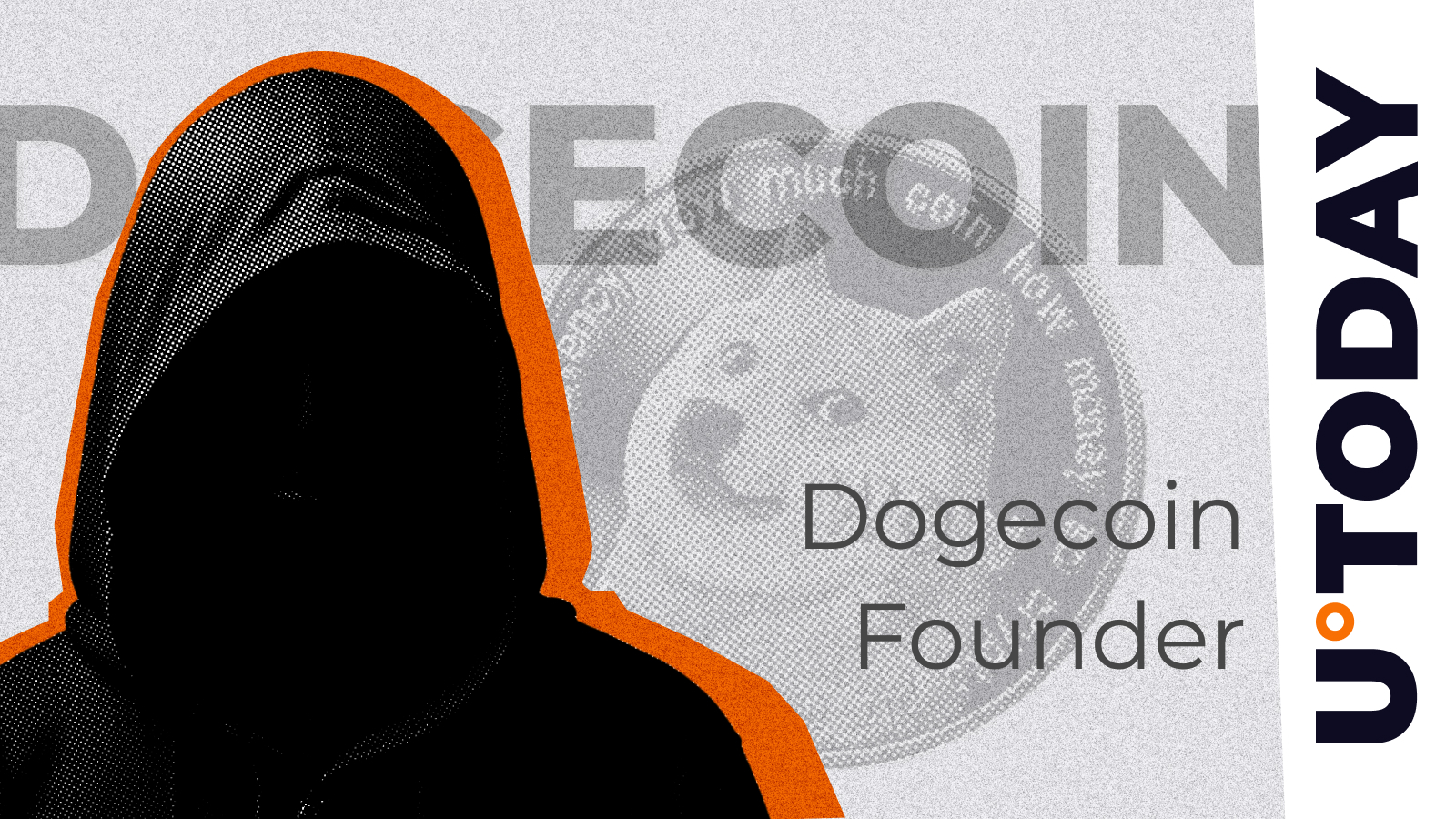ARTICLE AD BOX
As blockchain technology keeps on changing different industries, gaming emerges as an especially dynamic area. Nevertheless, the speedy expansion of blockchain gaming has faced hurdles, particularly in terms of regulatory examination. In 2024, companies are facing changing landscapes as they work to comply with intricate regulations and drive innovation and player involvement. This article discusses how blockchain gaming can handle regulatory scrutiny and its implications for the future of Web3.
The Regulatory Landscape
The surge of blockchain gaming has attracted regulatory attention worldwide, with Immutable receiving a Wells notice from the SEC. This notice suggests possible legal action due to concerns over securities laws. Immutable’s case is significant in the evolution of web3 gaming, highlighting increased regulatory scrutiny.
 Source: Immutable (on X.com)
Source: Immutable (on X.com)It demonstrates the challenges faced by innovators in this sector as they navigate a complex landscape merging gaming, finance, and regulation. Compliance is now a crucial aspect of growth strategy for blockchain companies as they operate in an environment where boundaries are becoming increasingly blurred.
The regulatory landscape presents obstacles for developers because numerous regions classify blockchain tokens and assets as securities, resulting in strict compliance obligations. Businesses need to adjust their models and tokenomics to comply with the changing regulations without stifling innovation.
Embracing Compliance and Innovation in Blockchain Gaming
Companies in the blockchain gaming industry must prioritize compliance to thrive. Beyond meeting minimum requirements, they need to cultivate a culture of integrity and trust. By implementing strong AML and KYC protocols, businesses can prevent illicit activities and create a secure environment for players.
Investing in advanced compliance technologies and forming partnerships with regulatory specialists will help navigate the legal landscape successfully. This focus on following rules not only ensures compliance but also establishes a reputation for responsibility and innovation in the dynamic blockchain gaming sector.
Moreover, engaging with regulatory bodies is crucial. Open dialogue can lead to clearer guidelines that help companies navigate the complexities of compliance without stifling innovation. As noted by Immutable’s leadership, the industry seeks fair regulation that promotes digital ownership while protecting players and developers alike.
The Role of Community-Driven Projects: Minotaurus (MTAUR)
Amidst these challenges, community-driven projects are emerging as resilient contenders in the blockchain gaming space. For instance, Minotaurus, currently in its presale phase, exemplifies how new titles can engage players while adhering to compliance standards.
With a presale that has already surpassed the 100K USDT mark, Minotaurus offers players strategic in-game features, including avatar customization and exclusive areas, fueled by its in-game MTAUR token. Currently priced at 0.00005973 USDT, a 70% markdown from its anticipated listing price, Minotaurus demonstrates the rising interest in well-designed blockchain games that are more than short-term plays.
Early participants have seen an impressive 50% increase in value, yet its tokenomics and utility suggest the potential for further organic growth. By offering unique gameplay experiences alongside transparent tokenomics, projects like Minotaurus are well-positioned to attract early adopters and build loyal communities.
These projects not only provide entertainment but also emphasize player ownership and engagement through decentralized mechanisms. As they navigate regulatory landscapes, their focus on community-driven initiatives will be vital in establishing trust and fostering long-term success.
Security Considerations in Blockchain Gaming
As blockchain gaming gains traction, security becomes paramount. Recent hacks have underscored the vulnerabilities within the sector, prompting calls for improved user protection and asset security standards. Companies must prioritize safeguarding private keys and implementing trusted execution environments to protect players’ investments.
Additionally, adopting industry-standard regulations can enhance security measures while maintaining the core principles of decentralization. By learning from established market leaders and integrating best practices, blockchain gaming can bolster its reputation and credibility in an increasingly competitive landscape.
Conclusion
The resilience of blockchain gaming in 2024 will rely on its capacity to conform to regulatory constraints while still pushing boundaries in innovation. While companies like Immutable are being closely examined by regulators, new projects like Minotaurus demonstrate the opportunity for growth within a regulatory-compliant structure.
By adopting openness, investing in compliance tools, and working with regulatory authorities, the blockchain gaming sector can successfully tackle these obstacles. In the end, it will be crucial to focus on community participation and prioritize security when creating a lasting future for web3 gaming, one that can withstand regulatory pressure and even benefit from it.
 3 weeks ago
27337
3 weeks ago
27337










 English (US) ·
English (US) ·